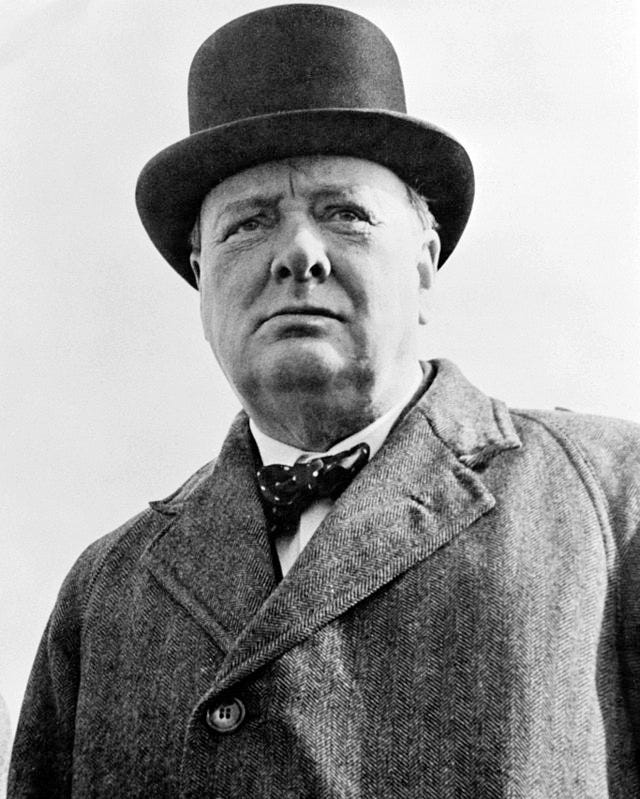Operating Procedures: Short, Pithy Instructions
This is the third post in our series to do with operating procedures and the advice provided in the book Elements of Style by Strunk and White.
Elements of Style
In this series of posts, we consider,
Minimalist writing,
The use of short, pithy instructions,
Avoidance of the repetition of instructions,
Omission of needless words,
Omission of adverbs,
The use of short and old words, and
Avoidance of wordy phrases and padded syllables.
(The information is taken from the book Process Risk and Reliability Management.)
Previous posts are,
Operating Procedures: Minimalist Writing.
Short, Pithy Instructions
A minimalist approach condenses the style of writing. When describing the execution of a particular task, an operator may say:
Next, you need to go over to Pump P 100 and get it started.
The corresponding minimalist instruction would read:
Start Pump P-100.
All redundant words and phrases have been removed.
Procedures written by engineers are sometimes verbose and are often written in the passive tense. Engineers have an unfortunate tendency to write ‘instructions’ such as,
Having started P 100, flow 1,000 kg/h of condensate into V 100 using FCV 121, first making sure that the pressure in V-100 is not greater than 20 barg.
The above sentence can be collapsed into the following five separate instructions:
Start Pump, P-100.
Measure the pressure in V-100.
If the pressure in V-100 is greater than 20 barg, transfer control to Procedure ABC.
Start the flow of condensate from P 100 to V 100.
Adjust the flow rate to 1000 kg/h as measured by FCV-121.
Quotations
The importance of using only the words that are needed is something that crops up throughout literature. Polonius in Hamlet said.
Since brevity is the soul of wit
And tediousness the limbs and outward flourishes, I will be brief
Winston Churchill expressed the same sentiment when he said,
I’m sorry this letter is so long, I did not have time to make it short.




